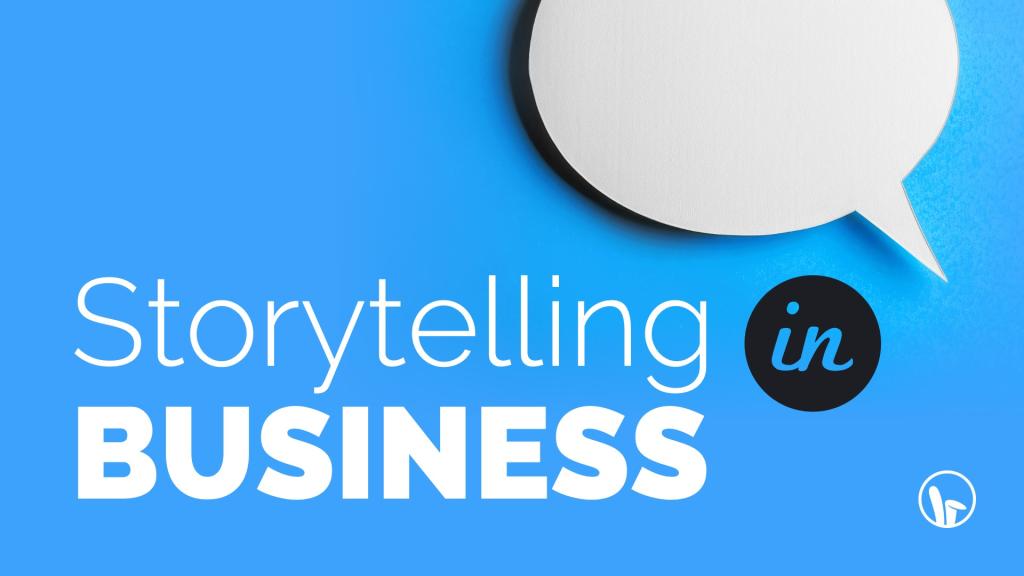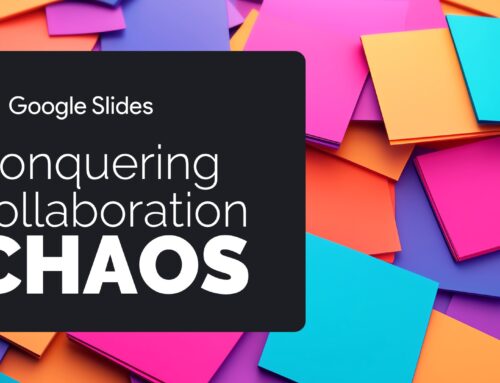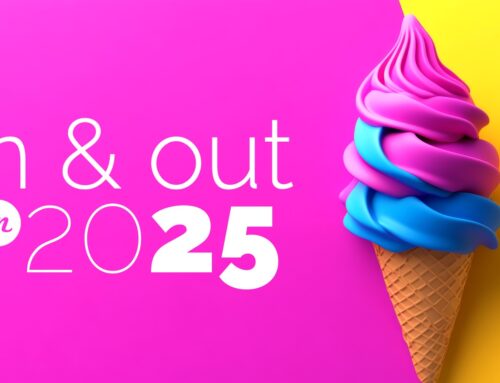The Power of Storytelling in Business Presentations: Connecting Beyond Design
We live in a world of data and information overload, and our capacity to retain it is limited. Did you know that only 5% of people remember raw numbers? Data requires a story to captivate an audience, and you lose impact without it. Now more than ever, the art of storytelling is an imperative tool to help connect with your audience.
One may think a well-designed slide deck with polished graphics is enough to capture an audience’s attention. While a well-designed presentation is essential, this does not make an impactful presentation. The true power lies in the story; the narrative that tells your audience why what you have to say is important.
At SlideRabbit, our elite presentation design agency, we strive to emphasize the human side of presentations, and expertly craft slides to best illustrate the heart of the story. Here’s why great communication through storytelling in business is as crucial as—if not more than—beautiful design.
Why Storytelling in Business Matters
Stories are as old as humanity itself. We need them to make sense of the world, share knowledge, and connect with others. In a presentation, storytelling in business can transform dry content into compelling narratives that engage your audience.
Presenting a story is more than just sharing information, it’s an opportunity for connection. Making your audience feel connected to the story will help them buy into the points you’re driving home and are more likely to act on your takeaways. Feelings play a significant role in decision-making, and stories will leave your audience emotionally impacted.
For example, let’s say you’re presenting a series of statistics on market growth. Instead of stating the information, you give your audience an anecdote; the story of a customer who benefited from your product. The statistics might be impressive, but the story is relatable and memorable. Storytelling in business communication puts a face to the data and makes the abstract concrete.
Crafting a Narrative: The Core of Effective Presentations
A narrative gives your presentation structure and direction. Without a clear narrative, a presentation can feel disjointed, making it difficult for the audience to retain information. Instead, a narrative guides the audience through a journey, making the content easier to digest.
Always start your narrative by defining your core message. What is the one thing you want your audience to remember? Once you have that, build your presentation around it, making sure your content reinforces this message.
Once you have your ideas down, begin to craft your presentation as a story with a distinct beginning, middle, and end. The beginning sets the stage, introducing the problem or opportunity. The middle delves into the details, presenting data, insights, and solutions. The end ties everything together, reinforcing your key message and leaving the audience with a clear call to action.
The Role of Visuals in Storytelling
Of course, visuals still play an essential role in your presentation. However, their primary purpose should be to support your narrative, not overshadow it.
When done right, the design of a presentation will help tell the story. For instance, instead of a generic chart showing sales growth, consider a visual that tells the story of that growth—a timeline that highlights key milestones, or an infographic that relates the data back to the customer experiences that drove it.
Consider how design can evoke emotion, clarify complex information, and reinforce your narrative. Imagery will resonate with your audience and complement the story you’re telling. Beware, though, that clutter and unnecessary decoration will overshadow your points; simplicity often communicates more powerfully than overly complex designs.
Focusing on the Human Element
At the heart of every great presentation is the human element, which should never be overlooked. People connect with people, not numbers.
This is why storytelling in business is so powerful. When you put human connection at the forefront of your presentation, it gives your audience something to relate to. Whether you’re presenting to potential investors, customers, or colleagues, focusing on the human side of your story will help you build a stronger rapport with your audience.
Beyond Beautiful Design
Beautiful design is important, but it’s not the end goal of a presentation. The real goal is to communicate effectively, to connect with your audience on a human level, and to inspire action. By focusing on storytelling in business, you can create presentations that do more than just inform—they leave a lasting impression.
To read more about the science behind stories, we also recommend the work of Carmen Simon, a cognitive neuroscientist doing amazing work in the field of storytelling in business communications and presentations.
At SlideRabbit, we believe in the power of great communication. We understand that behind every business presentation is a story waiting to be told. Let us help you tell yours.
Free Webinar: Captivate & Engage

In this webinar, we’ll explore how to plan for, develop, and deliver an engaging presentation from several angles: Content, Design & Delivery.
From storytelling to the narrative flow of the presentation itself, we’ll share some tips for creating content that will snag your audience from the beginning and keep them enthralled.
We’ll explore strategy about what kind of elements to include on your slides (and when!) to keep the audience from looking away.
Of course, dynamic presenters capture attention. We’ll share some attainable tips for everyday presenters.
If you’re ready to learn a few tricks and create an engaging presentation, join us!
October 2nd, 2024
2pm ET/11am ET







Leave A Comment
You must be logged in to post a comment.